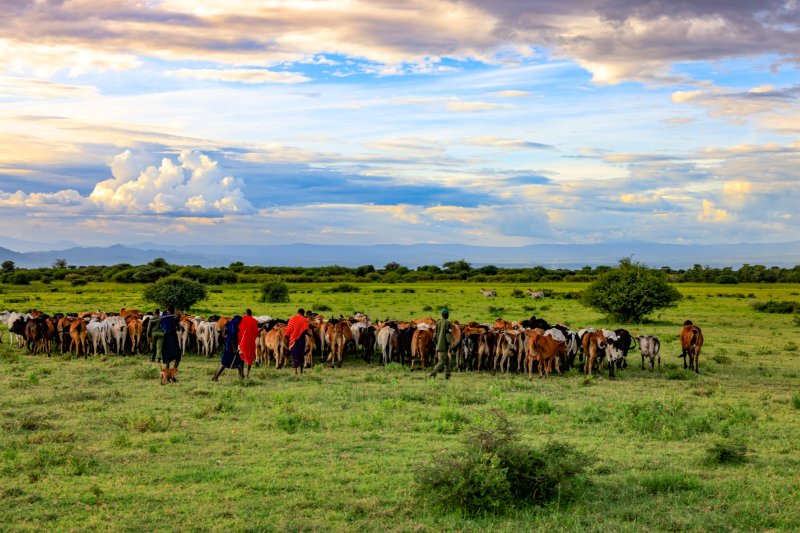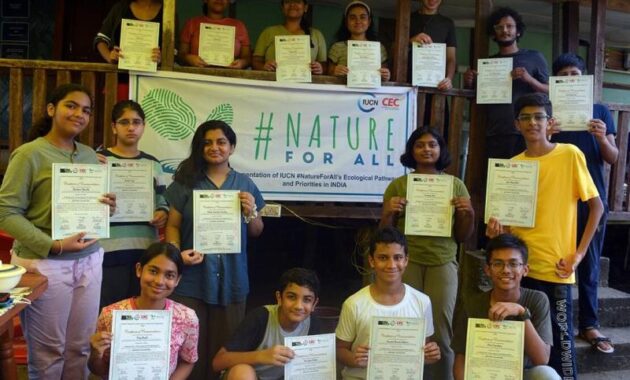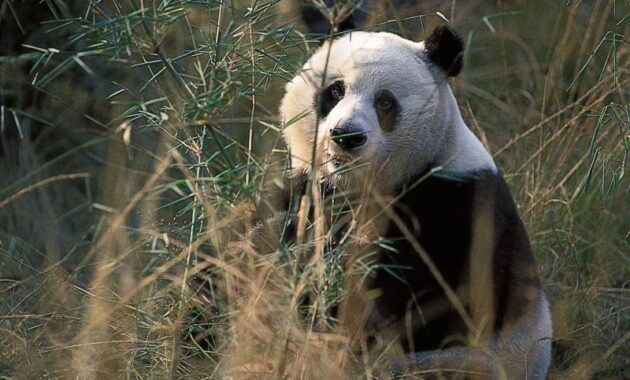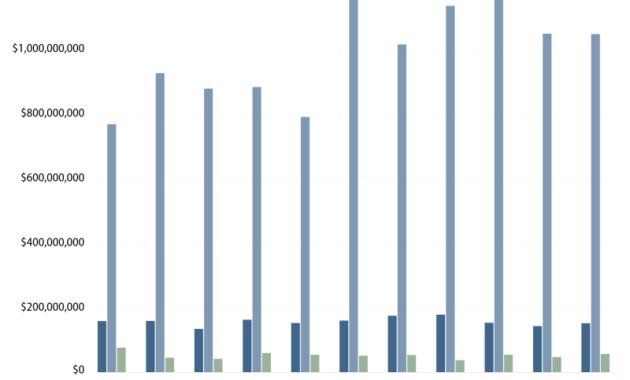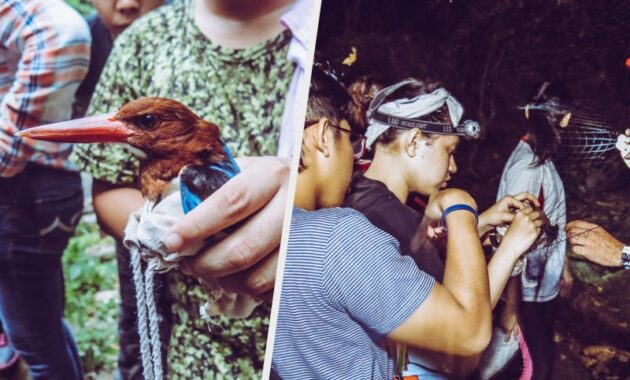Sustainable Wildlife Management – Today’s Wildfires Are Tougher Than History: More Fires All Necessary to Stop and Burn Western US Forests as Climate Changes
Climate change and anthropogenic factors impact habitat loss and human-elephant development in the Namib Desert
Sustainable Wildlife Management

Open Access Program Admission Program Open Center Special Issues Guidelines Research Review and Ethical Publications Section Making Fee Award Certificates
Pdf) Principles Of Sustainable Wildlife Management Laws
All articles published by us are immediately available worldwide under an open access license. No special permission is required to reuse all or part of published material, including figures and tables. For articles published under the Open Access Creative Commons CC BY license, any part of the article may be reused without permission provided the original article is clearly cited. For more information, please refer to https:///openaccess/
These papers represent cutting-edge research with significant potential for greater impact in the field. A feature paper should be a significant original article that incorporates multiple methods or approaches, provides perspective for future research directions, and describes possible research applications.
Feature articles are submitted by individual invitation or recommended by the scientific editor and must receive positive feedback from reviewers.
Editors’ Choice articles are based on recommendations from science editors of journals around the world. The editors select a few recently published articles in the journal that they believe will be of particular interest to readers or important in their respective research area. The aim is to provide a snapshot of some of the most exciting works published in the various research areas of the journal.
Sustainable Wildlife Management Project In The Kaza Tfca
Human activities have shaped biotic and abiotic factors for thousands of years [1]. These activities have become so important in both their scale and intensity that negative anthropogenic impacts have affected even the most remote places where human presence is rare or non-existent [2, 3]. Man’s tremendous impact on Earth has led scientists to suggest the dawn of a new geological era, aptly called the Anthropocene [2, 3]. These forces, the most important of which are habitat destruction and degradation, overexploitation, and climate change, have caused unprecedented losses of vertebrate species over the past century, 100 times the pre-human background rate [ 4 , 5 ]. , 6 . This extinction rate indicates that the sixth stage of mass extinction is in progress [4].
The world population will exceed 8 billion people in 2022, and new projections from the United Nations indicate that it will be around 8.5 billion in 2030, 9.7 billion in 2050, 10.4 billion in the 2080s, and likely to remain stable until 2100 [7]. This increase in world population size is accompanied by an increase in urbanization: the world’s urban population was 50% for the first time in 2007, and 57.5% of people currently live in cities, a percentage expected to reach 68.4% by 2050 [8].
Large human populations and increasing rates of urbanization harm biodiversity as the need for natural resources increases in size and these cities encroach on pristine ecosystems [ 9 , 10 ]. This situation called for the use of better materials and led to the establishment of the concept of sustainability.
In 1987, the Brundtland Commission of the United Nations defined sustainable development as “development that meets the needs of the present without compromising the ability of future generations to meet their own needs” [11]. Sustainability is achieved when the goals of its three basic components—social, environmental, and economic—are satisfied (Figure 1). Integrating all environmental, social and economic needs into all aspects of decision-making in a sustainable, equitable and efficient manner is the key to achieving sustainability [12].
Ever-increasing rates of global population growth and urbanization are putting increasing pressure on wildlife. These pressures often result in human-wildlife conflicts (HWC) that occur “when the needs and behavior of wild animals negatively impact the goals of humans, or when the goals of humans negatively impact the needs of wild animals” [13].
These conflicts are called management conflicts, “situations when two or more groups with strong interests collide over management goals and are established at the expense of another when one group finds its interest necessary” [14, 15]. Conservation conflicts can be divided into two categories: (a) human-animal interactions, that is, direct interactions between humans and wildlife [16], and (b) human-human conflicts between wildlife conservationists and other owners. Happiness [17].

Martha Munyoro Katsi (@marthamunyoro) / X
The contributions to the special issue are global: three from Africa (Shiveda and colleagues, Giambo and colleagues, Lines and colleagues), three from Asia (Sun and colleagues, Yin and colleagues, Abd Rahman and Matthew), four from Europe (Katselis and colleagues, Raftogiani and colleagues, Sultana and colleagues, Liordos and colleagues), and one of the global fauna (Prokop and colleagues) (Figure 2). Moreover, they include species from many taxa: six books on mammals (Shiveda et al., Lines et al., Sun et al., Raftogianni et al., Prokop et al.), six books on birds (Yin et al., Katselis et al., Raftogianni et al. colleagues, Sultana and colleagues,
Liordos and colleagues, Prokop and colleagues), two articles on animals (Raftogianni and colleagues, Prokop and colleagues Raftewh fishes and Maopdhet colleagues), two articles with colleagues), one article with amphibians (Prokop and colleagues), and one with invertebrates Article (Prokop and colleagues). Several wildlife management topics, often more than one per study, were identified by the research, highlighting similarities and differences in contemporary hot-button issues across continents: eight articles addressed conservation issues (Shiveda et al., Rowes and colleagues, Yin et al., Abd Rahman and Matthew,
Sultana and colleagues, Liordos and colleagues, Prokop and colleagues), five articles on sustainability issues (Zambo et al., Lines and colleagues, Abd Rahman and Matthew, Katselis and colleagues), four articles on human-wildlife coexistence (Shiveda and colleagues, Yin and colleagues , Sultana et al., Liordos et al.), two articles addressing human-animal conflict issues (Shiveda et al., Katselis et al.) and two articles examining exploitation issues (Ziam et al.). , Raftogianni and colleagues).
In their article “Climate change and anthropogenic factors influencing habitat loss and human-elephant conflict in the Namib Desert”, Shiveda and colleagues examine how climate change and other human influences affect the habitat of African elephants (Loxodonta africana) and human-elephant conflict. Conflict in the Ugab River Basin, Namibia. They use geographic information systems to analyze data on land cover, movement of African elephants, rainfall and temperature. They found that agricultural
activities, poor rainfall, and frequent droughts accounted for about 73.0% of habitat loss in small river basins with ephemeral streams. They also decide the places of human-elephant fights. Furthermore, they proposed reducing the number of cattle to support the growth of vegetation and water conservation, and the financial support of local organizations to provide local farmers with skills to live with African elephants. They concluded that habitat conservation and agricultural education can help protect African elephants and reduce conflicts.
In their article “Drivers of Illegal Poaching by Indigenous Poachers in or Adjacent to African Protected Areas: A Scoping Review”, Zyambo and colleagues examine the drivers of illegal poaching among poachers living in protected areas in Africa. Illegal hunting activities threaten wildlife populations and are highly unsustainable. The need to earn income and lack of source of income, need
or preference to eat wild animals, cultural needs and rights, preventive or retaliatory killing, poverty and weak or inadequate law enforcement are the main drivers of poaching among Africans. Society. They conclude that wildlife conservation and sustainability cannot occur without deep-rooted social issues, public participation and effective law enforcement.
Lines and colleagues in their article “The Utility of Human Footprint Tracking for Wildlife Conservation: The Kafue-Zambezi Interface” combined human pressure modeling and field observations to develop a human footprint impact map on the Kafue-
Zambezi interface. Later, they used this model for lions (Panthera leo), leopards (Panthera pardus) and spotted hyenas (Crocuta crocuta) to develop threshold ranges within which the respective species could persist in their habitats. Model performance indicates good potential for such predictions in the study area, but may also have implications for local and regional conservation planning. Drawing
Game And Wildlife Conservation
Master in sustainable management, sustainable business management, sustainable wildlife conservation, master sustainable management, sustainable management masters, sustainable management of forest and wildlife, sustainable management degree, alliance for sustainable wildlife, sustainable wildlife habitats, mba sustainable management, sustainable wildlife, sustainable pest management
- Conservation Education Programs 2023 - August 19, 2024
- Endangered Species Protection - August 16, 2024
- Wildlife Habitat Preservation 2024 - August 15, 2024

